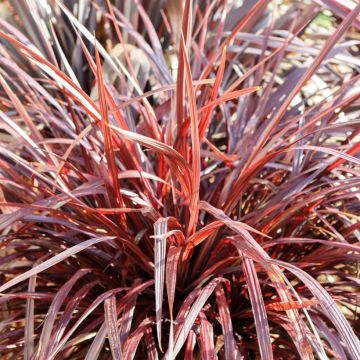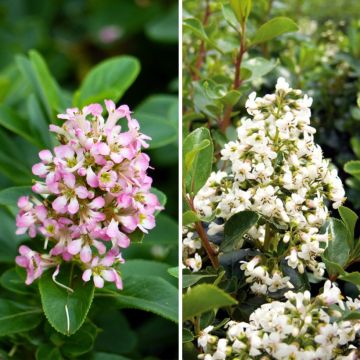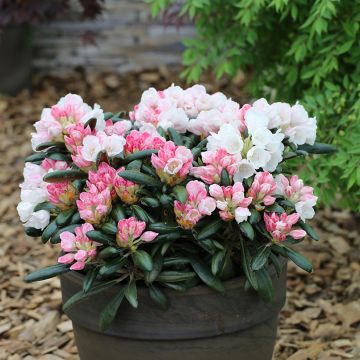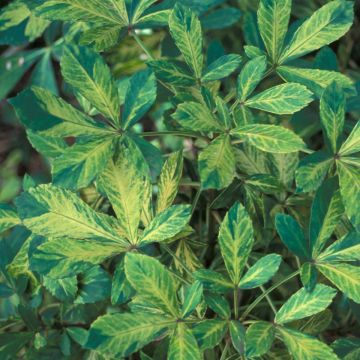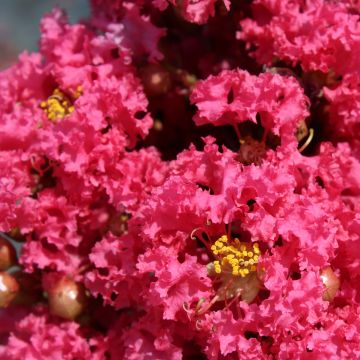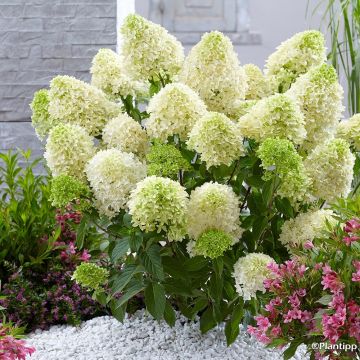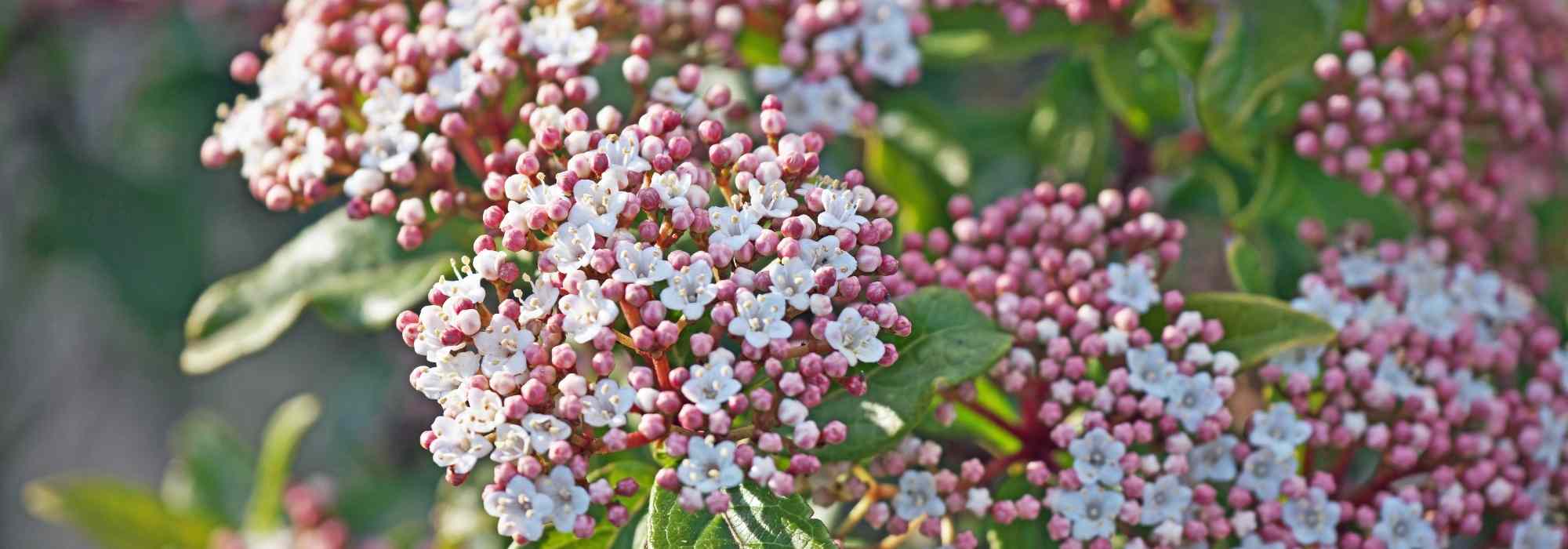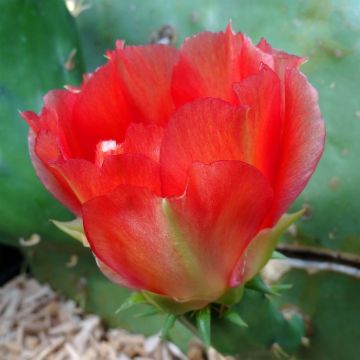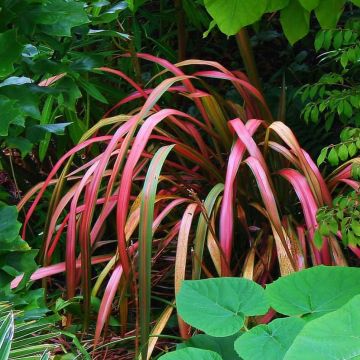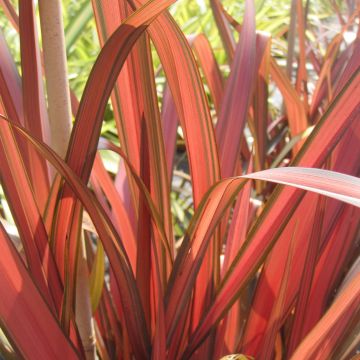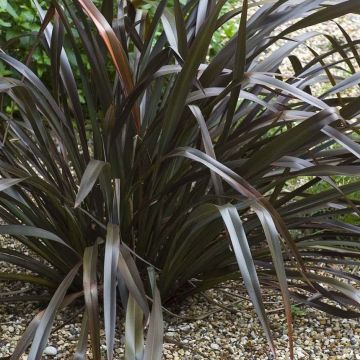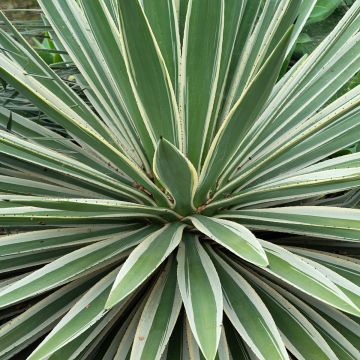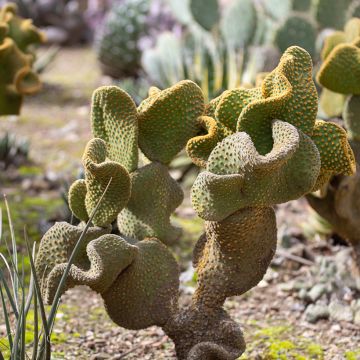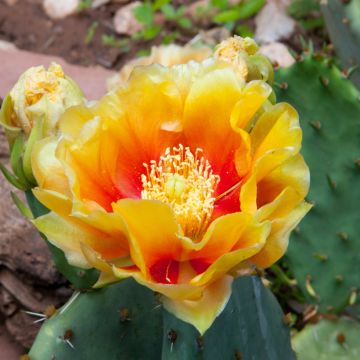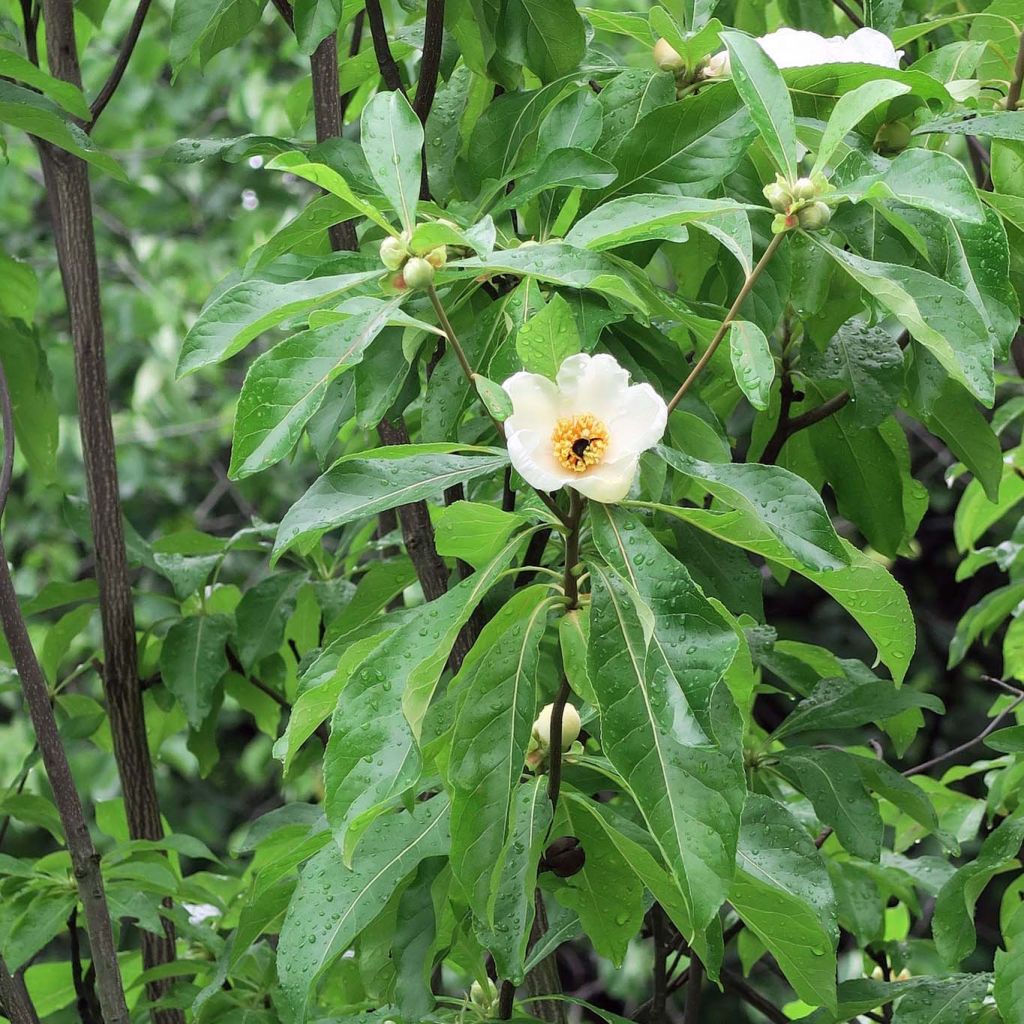

Franklinia alatamaha
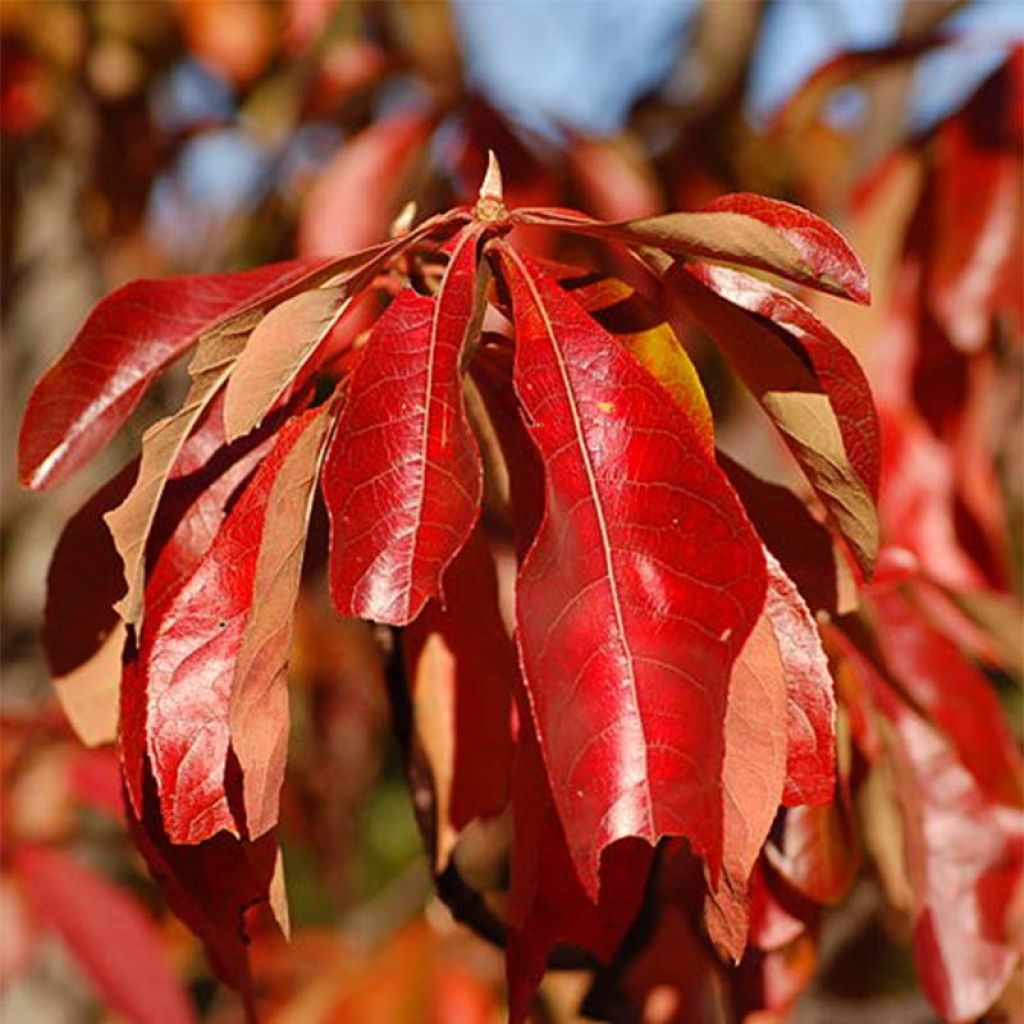

Franklinia alatamaha
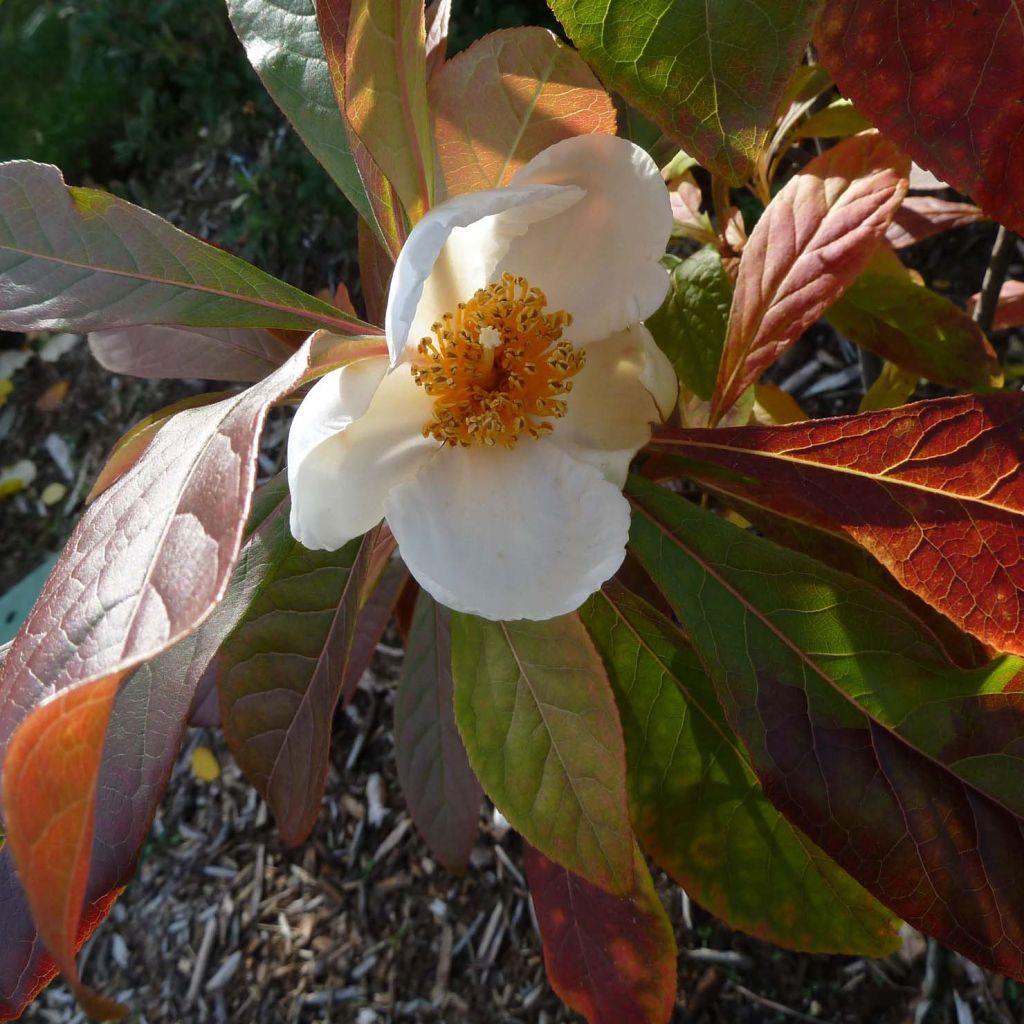

Franklinia alatamaha
Franklinia alatamaha
Franklinia alatamaha
Franklin tree
Very beautiful species that certainly doesn't grow very fast, but rewards you with a remarkable flowering! To be planted on the edge of a wood.
Michael, 12/09/2019
Special offer!
Receive a €20 voucher for any order over €90 (excluding delivery costs, credit notes, and plastic-free options)!
1- Add your favorite plants to your cart.
2- Once you have reached €90, confirm your order (you can even choose the delivery date!).
3- As soon as your order is shipped, you will receive an email containing your voucher code, valid for 3 months (90 days).
Your voucher is unique and can only be used once, for any order with a minimum value of €20, excluding delivery costs.
Can be combined with other current offers, non-divisible and non-refundable.
Home or relay delivery (depending on size and destination)
Schedule delivery date,
and select date in basket
This plant carries a 24 months recovery warranty
More information
We guarantee the quality of our plants for a full growing cycle, and will replace at our expense any plant that fails to recover under normal climatic and planting conditions.
Would this plant suit my garden?
Set up your Plantfit profile →
Description
Franklinia alatamaha, named after Benjamin Franklin and the Alatamaha River in Georgia where it was discovered in October 1765, is a rare deciduous tree that owes its survival to a plant enthusiast named John Bartram who sowed it more than two centuries ago in his garden in Philadelphia. Rare in cultivation, this close relative of camellias deserves a place in the garden for its evident ornamental qualities: of medium size, it bears beautiful deciduous foliage that turns fiery in autumn, while its long white flowering with a sweet violet scent only ends in the middle of winter. Growing the Franklin tree is a delicate process. It is important to keep in mind that any gardener who adopts and acclimatises this beautiful species in their garden becomes a full-fledged participant in its survival.
Franklinia alatamaha, the sole representative of the Franklinia genus, is a small tree belonging to the Theaceae family and native to the Alatamaha River valley in the state of Georgia, USA. The Franklin tree has a slow growth and develops either as a small tree with a fairly short single trunk topped by a more or less round pyramidal crown, or in a more bushy form, anchored on multiple trunks. Under our climate, it will reach an average height of 5 m (16.4 ft) with a spread of 1.5 m to 2.5 m (4.9 ft to 8. ft), depending on whether it has a single or multiple trunks. The bark is grey and grooved. The Franklinia's root system is fibrous and fragile, and it does not appreciate being handled.
The deciduous foliage is composed of large leaves arranged alternately on the branches. They are 12 cm to 15 cm (4.7 in to 5.9 in) long, obovate to oblong in shape, and borne on short petioles. Finely toothed along the edges, they are glossy, dark green on the upper surface, paler on the underside, and turn flaming shades of red-orange in autumn.
The Franklinia's flowering occurs after 5 or 6 years of cultivation, once the plant is well established. It starts in September and continues until the first frosts, usually in December, accompanying the beautiful autumn colours of the foliage. The flowers have 5 white petals, 8 cm (3.1 in) wide, resembling those of a single-flowered camellia. They have a light fragrance, somewhat reminiscent of violets. The flowers are shallow cups, centred around a golden yellow stamen cluster. After flowering, round woody capsules, 2 cm (0.8 in) in diameter, form. Each capsule is divided into 5 compartments, each containing 1 to 2 seeds.
The Franklin tree will quickly become one of the most beautiful attractions in the garden: placed in a prominent and privileged location, it will astonish many visitors and be a source of pride for its host who has successfully acclimatised this rare tree in their garden. Choose its location carefully, preferably in a sunny and sheltered spot from dry and cold winds in cooler regions, or in partial shade in drier and hotter regions. Capable of withstanding short frosts around -15° C (5° F), it prefers well-drained, sandy, humus-rich, peaty, and acidic soils. To accompany it, choose simple bushes that won't overshadow it, like dogwoods, guelder roses, and mock oranges.
For further information:
The cause of the Franklin tree's extinction is somewhat obscure, but it is likely that several factors such as fires, deforestation, floods, the appetite of collectors, and certain fungal diseases introduced at the same time as cotton are responsible for its disappearance. All currently available specimens descend from the few plants planted by John Bartram in Philadelphia. Today, there are around 2000 individuals distributed worldwide, solely in cultivation.
Report an error about the product description
Franklinia alatamaha in pictures
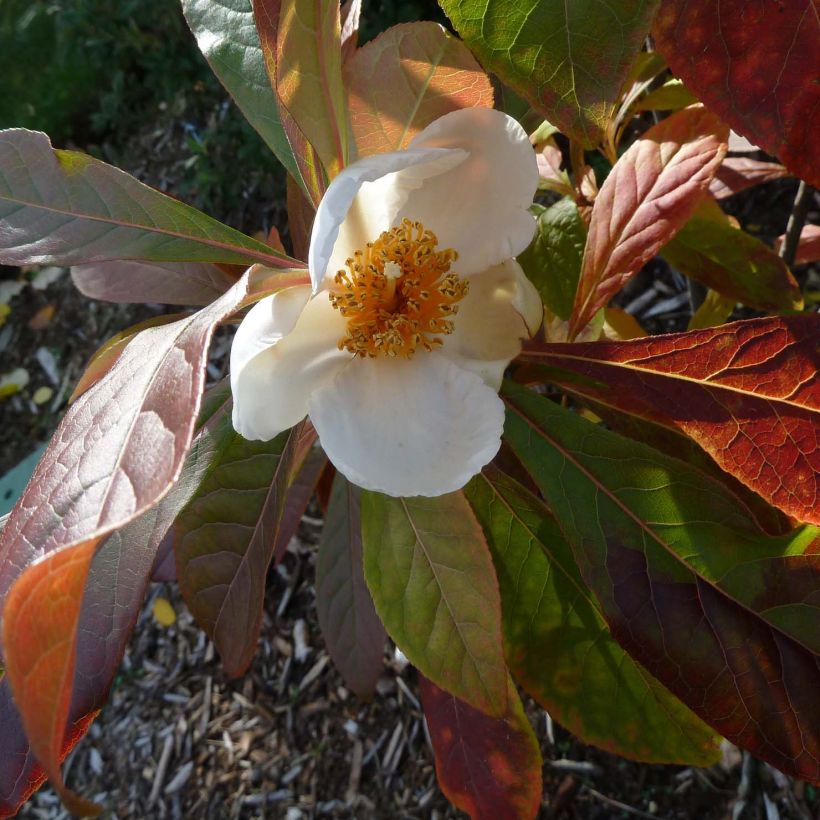

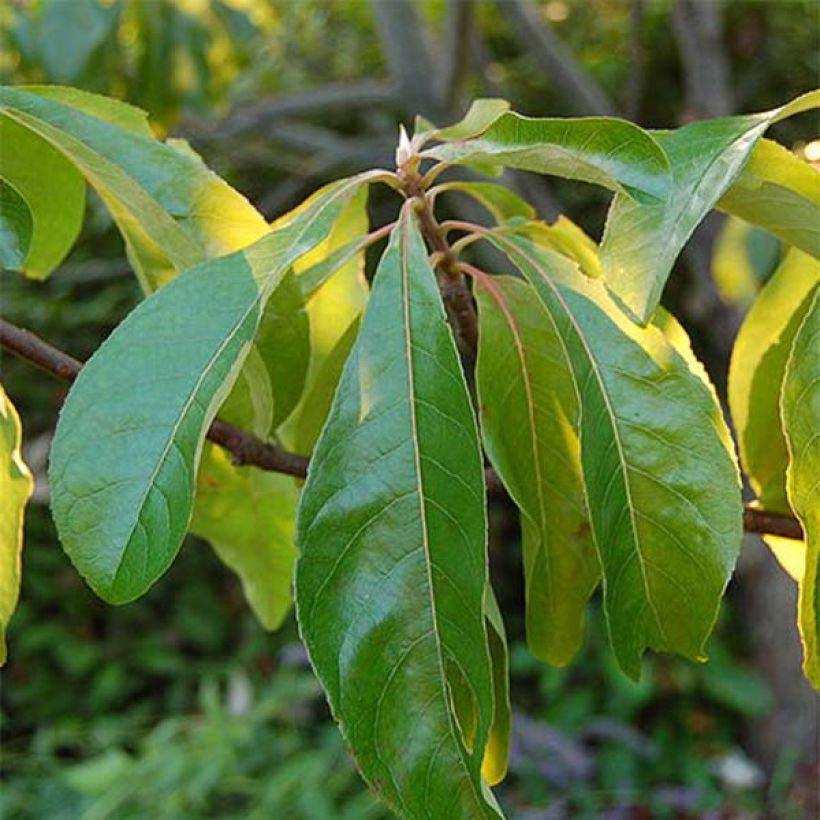

Plant habit
Flowering
Foliage
Botanical data
Franklinia
alatamaha
Theaceae
Franklin tree
North America
Other Shrubs A to Z
View all →Planting and care
Plant in spring after the last frosts or in autumn in milder climates. It is recommended to plant bare-root specimens, which seem to establish more quickly. Choose a sunny exposure in cooler regions, or partial shade in hotter and drier climates, sheltered from dry and cold winds. The soil should be free of limestone, well-drained, light, and low in clay. It fears both compact and waterlogged soils, which are detrimental to its fragile roots, as well as excessively dry soils in summer. Ideally, it should be planted in naturally sandy and humus-rich soil.
However, it is possible to acclimatise the Franklinia by improving the soil in your garden: dig a deep hole, replace the soil with an equal mix of leaf compost, coarse sand, ericaceous soil, and garden soil. If your soil is heavy and clayey at the base, create a mound on which the bush will be planted, as this will facilitate water drainage. Water regularly with non-limestone water during the first two or three years to promote plant establishment, as well as during abnormally dry and hot periods.
Planting period
Intended location
Care
Planting & care advice
-
, onOrder confirmed
Reply from on Promesse de fleurs
Similar products
Haven't found what you were looking for?
Hardiness is the lowest winter temperature a plant can endure without suffering serious damage or even dying. However, hardiness is affected by location (a sheltered area, such as a patio), protection (winter cover) and soil type (hardiness is improved by well-drained soil).

Photo Sharing Terms & Conditions
In order to encourage gardeners to interact and share their experiences, Promesse de fleurs offers various media enabling content to be uploaded onto its Site - in particular via the ‘Photo sharing’ module.
The User agrees to refrain from:
- Posting any content that is illegal, prejudicial, insulting, racist, inciteful to hatred, revisionist, contrary to public decency, that infringes on privacy or on the privacy rights of third parties, in particular the publicity rights of persons and goods, intellectual property rights, or the right to privacy.
- Submitting content on behalf of a third party;
- Impersonate the identity of a third party and/or publish any personal information about a third party;
In general, the User undertakes to refrain from any unethical behaviour.
All Content (in particular text, comments, files, images, photos, videos, creative works, etc.), which may be subject to property or intellectual property rights, image or other private rights, shall remain the property of the User, subject to the limited rights granted by the terms of the licence granted by Promesse de fleurs as stated below. Users are at liberty to publish or not to publish such Content on the Site, notably via the ‘Photo Sharing’ facility, and accept that this Content shall be made public and freely accessible, notably on the Internet.
Users further acknowledge, undertake to have ,and guarantee that they hold all necessary rights and permissions to publish such material on the Site, in particular with regard to the legislation in force pertaining to any privacy, property, intellectual property, image, or contractual rights, or rights of any other nature. By publishing such Content on the Site, Users acknowledge accepting full liability as publishers of the Content within the meaning of the law, and grant Promesse de fleurs, free of charge, an inclusive, worldwide licence for the said Content for the entire duration of its publication, including all reproduction, representation, up/downloading, displaying, performing, transmission, and storage rights.
Users also grant permission for their name to be linked to the Content and accept that this link may not always be made available.
By engaging in posting material, Users consent to their Content becoming automatically accessible on the Internet, in particular on other sites and/or blogs and/or web pages of the Promesse de fleurs site, including in particular social pages and the Promesse de fleurs catalogue.
Users may secure the removal of entrusted content free of charge by issuing a simple request via our contact form.
The flowering period indicated on our website applies to countries and regions located in USDA zone 8 (France, the United Kingdom, Ireland, the Netherlands, etc.)
It will vary according to where you live:
- In zones 9 to 10 (Italy, Spain, Greece, etc.), flowering will occur about 2 to 4 weeks earlier.
- In zones 6 to 7 (Germany, Poland, Slovenia, and lower mountainous regions), flowering will be delayed by 2 to 3 weeks.
- In zone 5 (Central Europe, Scandinavia), blooming will be delayed by 3 to 5 weeks.
In temperate climates, pruning of spring-flowering shrubs (forsythia, spireas, etc.) should be done just after flowering.
Pruning of summer-flowering shrubs (Indian Lilac, Perovskia, etc.) can be done in winter or spring.
In cold regions as well as with frost-sensitive plants, avoid pruning too early when severe frosts may still occur.
The planting period indicated on our website applies to countries and regions located in USDA zone 8 (France, United Kingdom, Ireland, Netherlands).
It will vary according to where you live:
- In Mediterranean zones (Marseille, Madrid, Milan, etc.), autumn and winter are the best planting periods.
- In continental zones (Strasbourg, Munich, Vienna, etc.), delay planting by 2 to 3 weeks in spring and bring it forward by 2 to 4 weeks in autumn.
- In mountainous regions (the Alps, Pyrenees, Carpathians, etc.), it is best to plant in late spring (May-June) or late summer (August-September).
The harvesting period indicated on our website applies to countries and regions in USDA zone 8 (France, England, Ireland, the Netherlands).
In colder areas (Scandinavia, Poland, Austria...) fruit and vegetable harvests are likely to be delayed by 3-4 weeks.
In warmer areas (Italy, Spain, Greece, etc.), harvesting will probably take place earlier, depending on weather conditions.
The sowing periods indicated on our website apply to countries and regions within USDA Zone 8 (France, UK, Ireland, Netherlands).
In colder areas (Scandinavia, Poland, Austria...), delay any outdoor sowing by 3-4 weeks, or sow under glass.
In warmer climes (Italy, Spain, Greece, etc.), bring outdoor sowing forward by a few weeks.






























